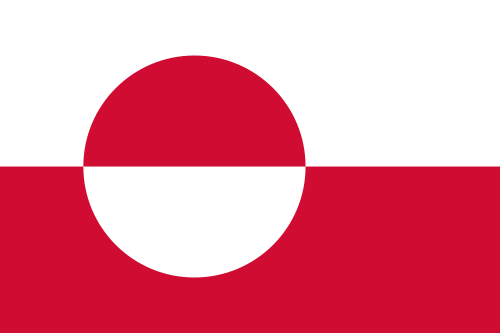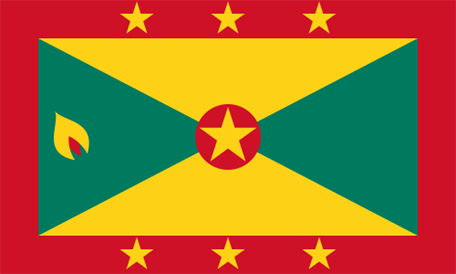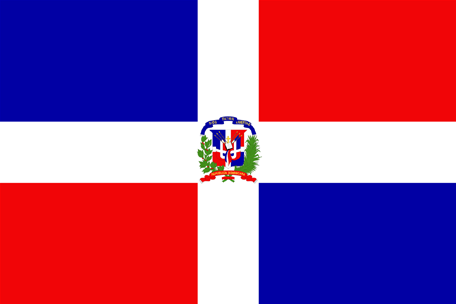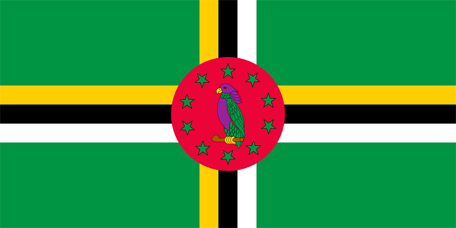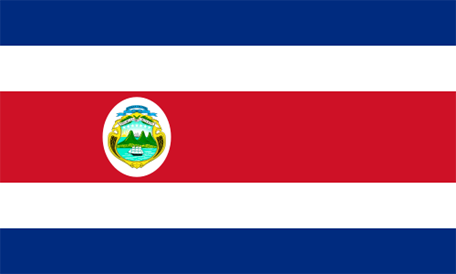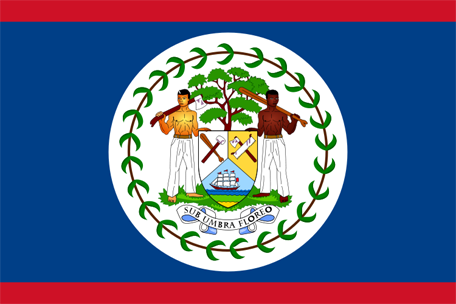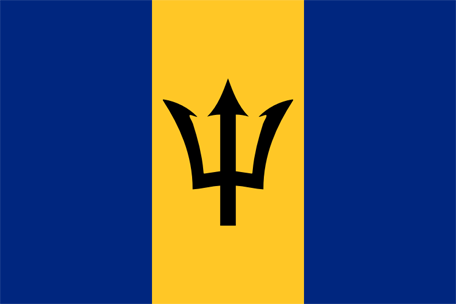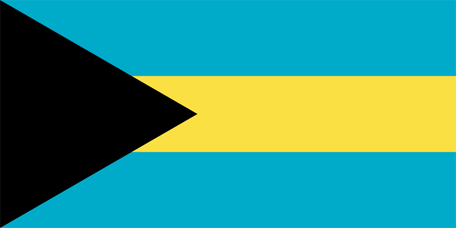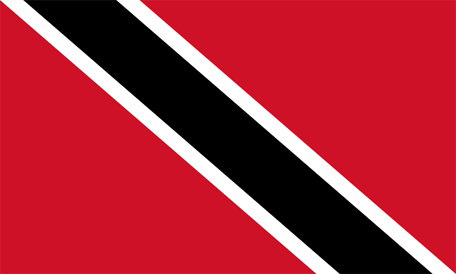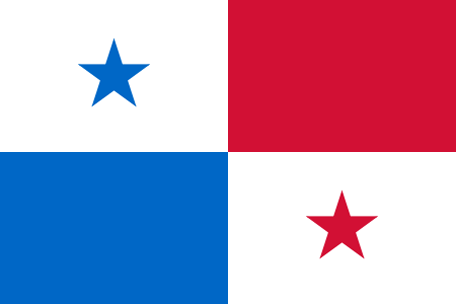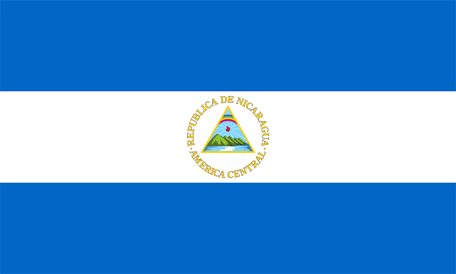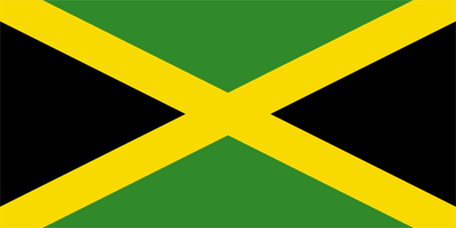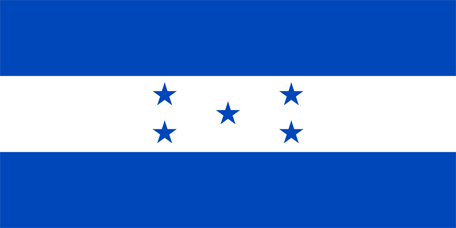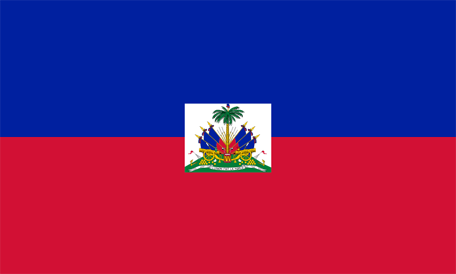Greenland
Greenland has an undeveloped road network, and the main road traffic is mostly limited to the urban areas with surroundings. Most transport, especially freight transport, therefore goes by sea. For passenger transport, air and helicopter traffic have become increasingly important. Domestic traffic is operated by the domestic company Air Greenland A / S, and the most important hubs are Nuuk (Godthåb), Ilulissat (Jakobshavn), Kangerlussuaq (Søndre Strømfjord) and Narssarssuaq.
Almost all passenger traffic to and from Greenland is by air, mainly at Kangerlussuaq (Søndre Strømfjord), from where SAS maintains regular traffic with Copenhagen. Periodically, there have also been regular routes between Greenland and the United States, Canada and Iceland. Nuuk (Godthåb) has Greenland’s most important port, but also Paamiut (Frederikshåb), Maniitsoq (Sugarcup) and Sisimiut (Holsteinsborg), all with ice-free ports, fulfill important functions. Passenger transport takes place year-round along the west coast, from Upernavik in the northwest to Nanortalik in the south, while connections with eastern Greenland are limited to the summer months.
Grenada
In 2008, the road network covered 1,130 km, of which 600 were permanently covered. The country lacks rail. Saint George’s is the island’s largest port. Point Salinas, 10 km southwest of Saint George’s, has an international airport.
El Salvador
El Salvador is a small country with well-developed transport routes. Pan-American Highway crosses the entire inland area in the west-east direction, and along the coast goes a parallel road (La Litoral). There are connecting routes between these main roads, and all major cities in the country are connected to the highway system.
The rail network connects, among other things, San Salvador to the port city of Acajutla. The country’s other important port is in the eastern part of La Unión. El Salvador also has, by agreement, access to the port of Puerto Barrios on the Caribbean Sea in neighboring Guatemala. El Salvador’s only international airport (Comalapa) is run as well as the state-owned ports and rail network.
Dominican Republic
The road network covers 19 700 km, of which just over 30 per cent are paved. Public passenger transport is mainly by bus. There is 500 km of railroad, but for the most part it is used only for the sugar industry’s transport. Passenger train traffic is only 142 km. The Caribbean’s first real metro was opened in 2009 in Santo Domingo.
The country has seven international airports, most of which are located in Santo Domingo, Puerto Plata and Burahona. The largest and most important ports are in Santo Domingo, La Romana on the south coast and Puerto Plata on the north coast.
Dominica
Dominica lacks railways. The road network covers 780 km, of which 300 are designated as main roads. A deep harbor is located in Roseau, the country’s main port city. There are two airports on the island, Melville Hall, 65 km from Roseau, and Canefield, 5 km from the same city.
Cuba
Both road and rail networks are well developed. The railway is used mainly for freight transport. The national lines amount to 8,600 km. The main highway is Carretera Central, which runs along the entire island from Pinar del Río in the west to Santiago de Cuba in the east. It is on some stretches (Havana-Santa Clara) extended to an eight-lane highway. Private motoring is severely limited. Most important for passenger transport is bus traffic, which, however, had major problems in the 1990’s as a result of the lack of fuel.
For longer distances, flight matters. Both domestic and international traffic is handled by the state airline Cubana. International airports are located in Havana (José Martí), Santiago de Cuba, Camagüey and Varadero / Matanzas. Cuba’s most important trading ports are Havana and Cienfuegos.
Costa Rica
The transport network is relatively well developed. Most important are the roads (35,300 km, of which 5,000 are paved), including the Pan-American Highway, which crosses the entire country. The main railroad connects San José with the port cities of Limón on the Caribbean and Puntarenas on the Pacific coast. The new port of Caldera now replaces Puntarenas as the main port of the Pacific. Almost all foreign passenger traffic is by air. Juan Santamaría International Airport is located outside San José.
Belize
The communication systems are poorly developed. Although the road length is only 3,000 km, of which only a small part is paved, the roads are of greatest importance. The rivers and coastal shipping also play some role. The only deep port is in Belize City, the country’s largest city, which also has an international airport. Smaller airfields and runways are found in many cities (Corozal, Orange Walk, Dangriga and others) and on some islands. Railway is missing.
Barbados
The flat island has one of the world’s densest road networks, a total of 1,600 km of paved road. Barbados location has made it a natural bunkering site for ocean-going shipping. Bridgetown has deep harbor and lively traffic of cargo and passenger ships as well as pleasure yachts. Barbados has an international airport (Grantley Adams International Airport), located 18 km east of Bridgetown.
Bahamas
Nassau and Freeport on the Grand Bahama have international ports and airports. According to Countryaah, Bahama is one of countries in Central America and Nassau is connected to both North America and Europe via regular flights. The road network amounts to 2,717 km, and on the larger islands there are roads of good quality.
Guatemala
The main roads, the Pan-American Highway from Mexico in the north to El Salvador in the south and the roads to the port cities, are in good condition. The port city on the Atlantic coast, Puerto Barrios, is busier than the Pacific port of San José. There are rail links between the port cities and along the Pacific coast to Mexico, but they are poorly maintained. The bus network is well developed, but the buses are often in miserable condition. Aviateca operates domestic and international traffic. Both the airline and the Aurora International Airport are controlled by Japanese interests. For a long time, the military had control of the telecommunications company Guatel.
Trinidad and Tobago
Port of Spain and Scarborough in southern Tobago have deep ports. The road network is well developed and covers 8 320 km, of which almost half are paved. There are bus lines, but the railways have been closed down. The Piarco International Airport, located outside the Port of Spain, is an important hub for air traffic in the Caribbean and northern South America. Tobago has a local airport.
Saint Vincent and the Grenadines
Public transport is provided by buses, railway is missing. The road network covers 830 km, of which about half have permanent cover. Deep Harbor is located in Kingstown. Saint Vincent and the Grenadines have four airports, one of which is international, in the Arnos Vale southeast of Kingstown.
Saint Lucia
Saint Lucia has a well-developed road network covering 1 210 km, of which 80 per cent are paved. Cruise ships regularly call the ports of Castries and Vieux Fort. In the industrial free zone in Cul-de-Sac, the port has been expanded. There is an international airport near Vieux Fort and a smaller airport at Castries.
Saint Christopher and Nevis
The road network covers 383 km, evenly distributed between the islands. A state ferry company handles boat transport between the islands, and there is a deep harbor in Basseterre. Golden Rock International Airport is 3 km outside Basseterre. Nevis has a smaller airfield for traffic between the islands.
Panama
The road network is most developed in the western parts of Panama and measures a total of 15 100 km (2010). The main roads are Pan-American Highway, which connects Chepo and Panama City with Costa Rica, as well as a major highway between Panama City and Colón. The main railroad runs along the Panama Canal between Ancón in Panama City’s metropolitan area and Cristóbal. The large banana companies have their own transport railways.
About 20 airlines have air services to and from Panama’s Tocumen International Airport. Important ports are Cristóbal, Balboa and Las Minas (just outside Colón) adjacent to the Panama Canal as well as Almirante and Puerto Armuelles. Panama has one of the world’s largest merchant fleets. The majority of the vessels sail under the flag of convenience. Through the Panama Canal, 4 percent of the world’s shipping passes, and it has made Panama an international trading center.
Nicaragua
Most of the transport work in the country goes on roads. The road network is well developed in the western parts of the country, while it is deficient in the east. Truck traffic from Honduras and Costa Rica has completely taken over the import of goods into the country. The port city of Corinto on the Pacific coast has been refurbished during the 00’s, while the ports on the Caribbean coast have little activity. Domestic flight is of great importance. Managua has an international airport.
Jamaica
Jamaica’s rail network extends over 272 km and is subsidized by the government. The road network is relatively well developed and follows the coast around the island and cuts through the country in a north-south direction in three places.
The country has two international airports: Norman Manley in Palisadoes (outside Kingston) and Sangster in Montego Bay. The largest ports are Kingston, Montego Bay and Montego Freeport.
Honduras
The road network, which comprises a total of 14,200 km, links the most important cities and communities. Pan-American Highway runs through the southern part of the country. About 16 percent of the road network is paved. In some places, rivers and canals are transported by smaller boats and canoes for private use. The main ports are Puerto Cortés, La Ceiba, Tela and Trujillo on the Caribbean coast as well as Amapala and San Lorenzo on the Pacific coast. A smaller railway links Puerto Cortés with Potrerillos. The large banana companies have their own railways for their transport. International airports are located at the cities of Tegucigalpa, San Pedro Sula, La Ceiba and Roatán.
Haiti
The road network, which covers 4,160 km, is poor, and a large part of the rural population lives in isolation. With American assistance, for example, some road construction projects are in progress. Port-au-Prince is the completely dominant port and has an international airport with regular services to Miami, Puerto Rico and Europe.
